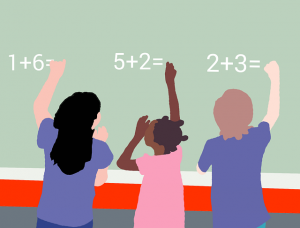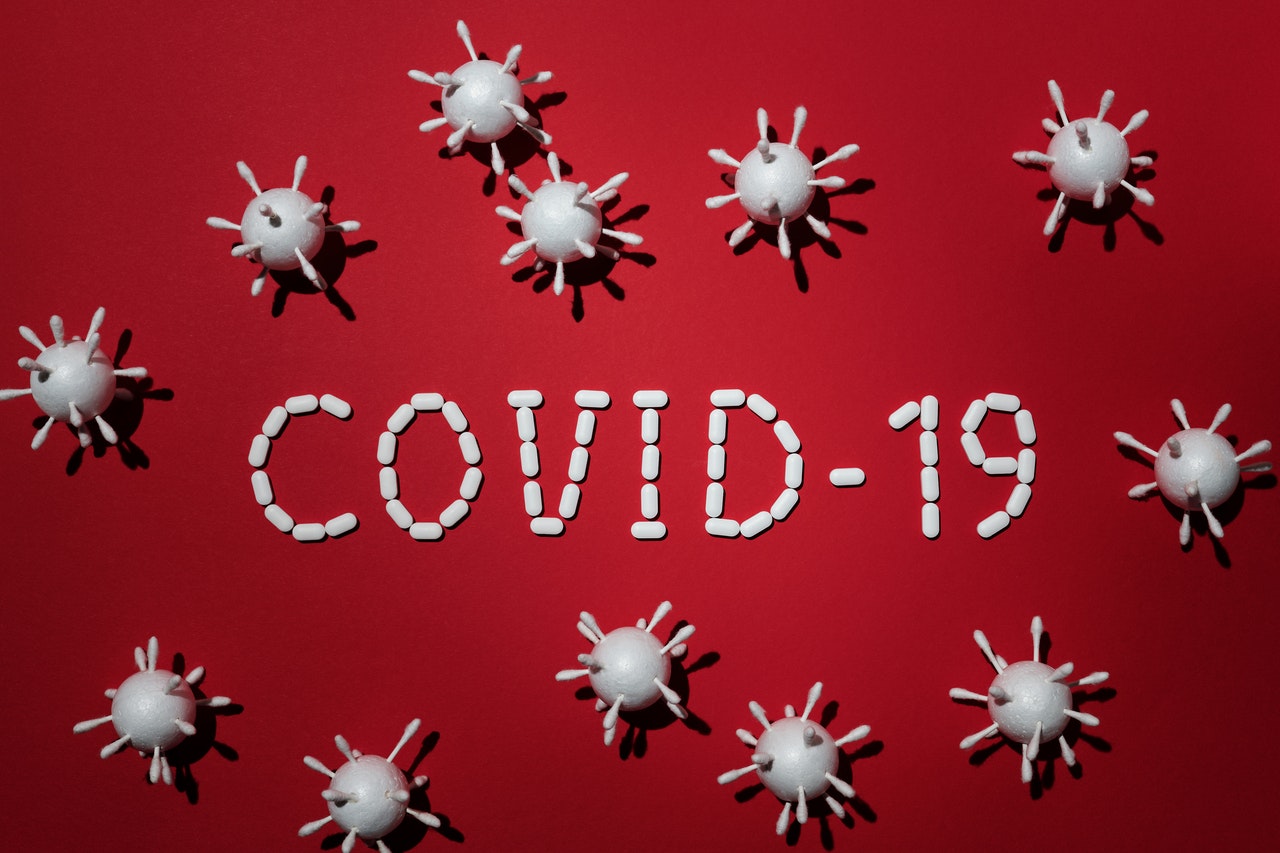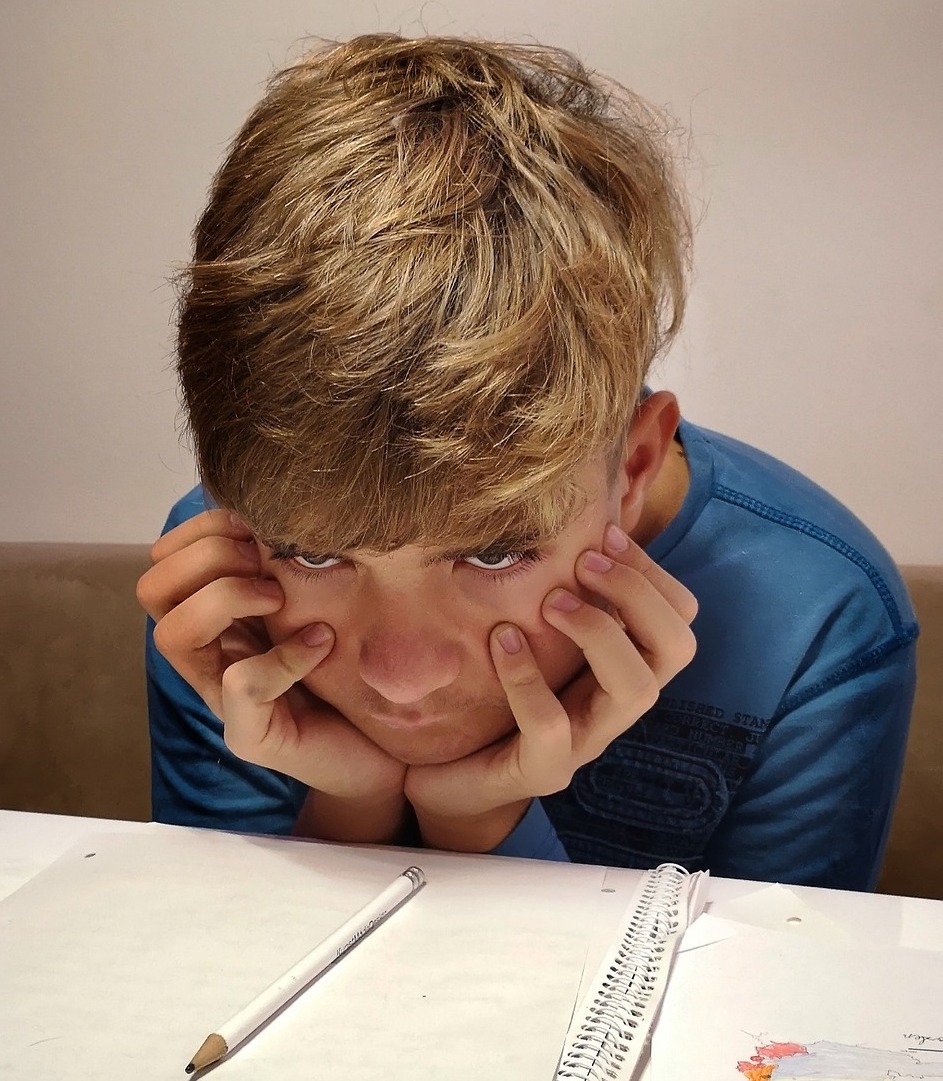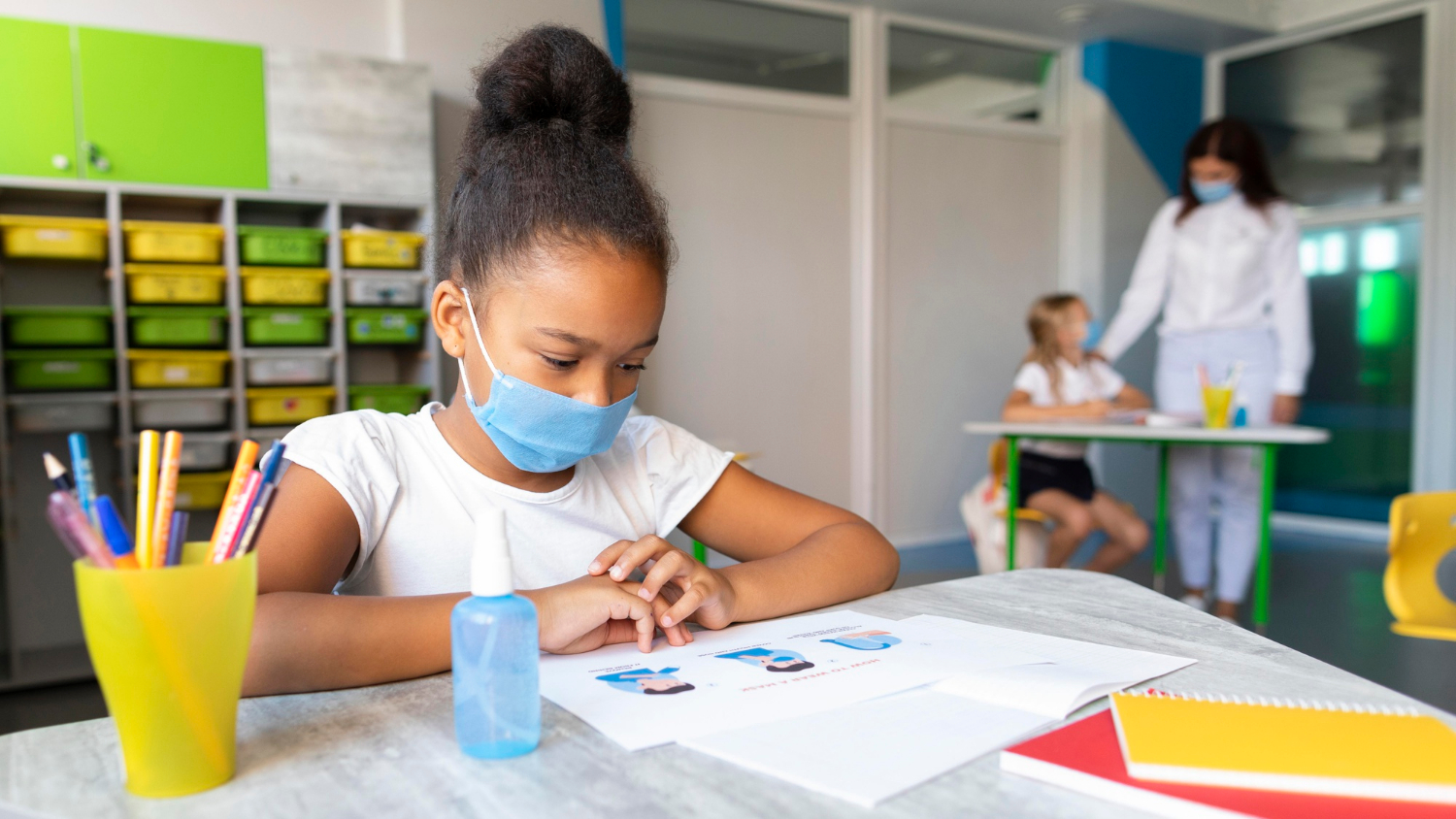‘COVID Slide’ Research Shows Younger, Lower-Income Students Fared Worst
 A study on the extent of pandemic-induced learning loss in 18 California districts reveals younger, lower-income students and English learners were the hardest hit by school closures last spring. The research from Policy Analysis for California Education (PACE) shows significant learning losses in English language arts and math overall.
A study on the extent of pandemic-induced learning loss in 18 California districts reveals younger, lower-income students and English learners were the hardest hit by school closures last spring. The research from Policy Analysis for California Education (PACE) shows significant learning losses in English language arts and math overall.
Researchers compared 2019 and 2020 test scores from 50,000 students in grades 4 through 10, looking at typical gains from one year to the next, and finding that low-income 4th- and 8th-grade students declined 7% in the usual rate of learning. With their wealthier peers showing a 5% increase in growth compared to the usual rate, the data amounts to a 12% learning gap.
On the 5th-grade MAP English language arts test, ELL students’ academic growth was 30% less than it would be in a typical year. Non-English learners’ loss was only 10% lower than average, which makes for a 20% learning gap.
The data from PACE, a nonpartisan university-based research organization, reflect what was long expected: Spring school closures due to the COVID-19 pandemic would result in significant learning loss, which has come to be known as the “COVID slide.” It was previously expected the school closures would cause two to four months of learning loss, especially in math and reading.
Districts are now grappling with how to bridge these divides, especially as many face limited funds and staff shortages. One solution is equal-access tutoring tailored to correct the slide. In this model, tutoring is offered in-school by adding 30 minutes to the school day.
High-dosage tutoring, which embeds tutoring for all students into the school day, is a personalized strategy with specific student-to-tutor ratios of less than three-to-one. A recent study found student-tutor ratios of more than three-to-one are less effective.
By early December, 12 states had implemented in-school, small group tutoring in an effort to reverse the effects of the COVID slide. However, the tutoring lessons must also be closely aligned with the curriculum in order for them to be fully effective.
Excerpted from “‘COVID Slide’ Research Shows Younger, Lower-Income Students Fared Worst ” in K-12 DIVE. Read the full article online. View the PACE study, COVID-19 and the Educational Equity Crisis.
Source: K-12 DIVE | ‘COVID Slide’ Research Shows Younger, Lower-Income Students Fared Worst, https://www.k12dive.com/news/early-study-on-covid-slide-shows-younger-lower-income-students-fared-worst/594032 | © 2021 Industry Dive
If you are a parent or caregiver and would like to schedule an evaluation or get advice about your child’s challenges, call or email a CHC Care Manager at 650.688.3625 or careteam@chconline.org
CHC offers free community education sessions for educators. Join us to learn practical teaching strategies you can use in your classroom to help more kids reach their promise and potential. Educator sessions are led by experienced educator/clinician teams from Sand Hill School and CHC.





